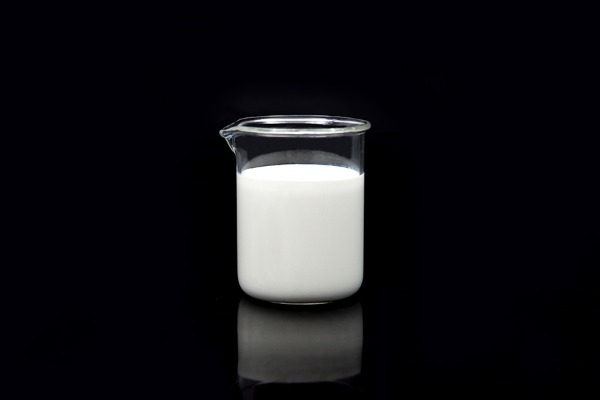Fluorescent Whitening Agent offer several visual and practical benefits, but their use also comes with certain considerations. Understanding both aspects can help optimize their role in product development and manufacturing.

One clear advantage is visual enhancement. FWAs create a perception of increased whiteness and brightness without altering the material’s composition. This makes them a useful additive in cost-sensitive applications where appearance is key.
They are also versatile. From textiles to packaging and personal care products, FWAs are adaptable to a wide range of materials and processing techniques. This allows for consistent brand presentation and improved consumer perception.
However, these agents are light-sensitive and may degrade over time when exposed to UV radiation. This can reduce their effectiveness in outdoor products unless UV stabilizers are added.
Environmental regulations should also be considered. Some FWAs are not biodegradable, and their use in detergents or wastewater applications may be restricted in certain regions. Choosing environmentally responsible formulations is increasingly important.
Finally, overuse of FWAs can lead to optical overcompensation, where materials appear unnaturally bluish. Careful formulation and testing help avoid this issue and maintain natural visual balance.
Used thoughtfully, fluorescent whitening agents are valuable tools for improving product appearance while supporting design and marketing goals.



